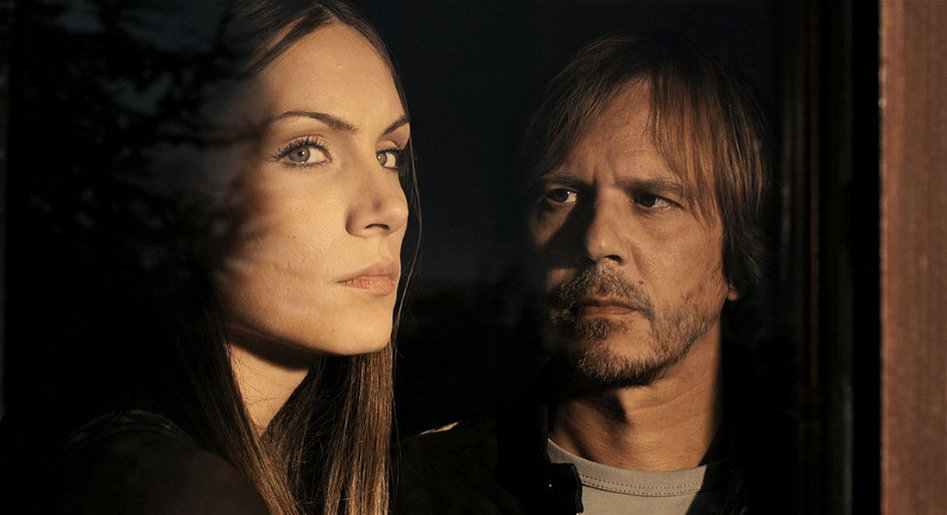
The term disturbing is defined as something that can be troubling mentally or emotionally. It is something that is upsetting and may even make you physically ill. That being said, the term can be considered rather subjective.
As human beings, we all have had our own unique experiences that over time have molded our characteristics, behavior, feelings, and personal judgments. So something that is disturbing to one person may not be disturbing to another.
That being said, this is list of twenty five films from the horror genre that are disturbing or could be considered to be disturbing. The horror genre is the most likely place that we are going to find imagery that will shock and disturb the audience, featuring tales of true crime, serial killers, slashers, rape and revenge, torture, scenes of horrific gore, and the list can go on forever.
Within the genre and its many subgenres, they can take us into the deepest and darkest corridors of humanity. Places that we hope to never witness or become a part of. It is those types of events that can be potentially disturbing.
This list contains a little bit of everything, with at least one film from every decade between 1966 and 2016 and at least one from America, Serbia, Germany, Austria, Italy, Mexico, Hong Kong, Japan, Spain, China, France, Sweden and Argentina.
It is a varied collection of horror pictures; with some between being critically hailed, many being labeled as exploitative and controversial, and some being banned in various parts of the world.
[Author’s Note: This list is not meant to be an all inclusive list or a best of list; it is simply twenty five horror movies that may be disturbing.]
1. Africa Addio (1966)
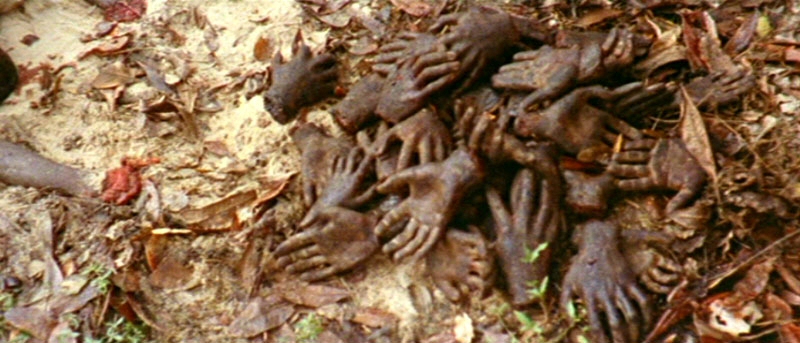
“This is Africa like it is baby… where the name of the game is blood… and you kill or be killed!” [1]. A documentary that shows the transition of Africa in the early 1960’s from white colonialism to independent black nations. The results were not very pretty, including mass executions, tribal slaughters, and the high volume of animal poaching and slaughters.
Spoiler alert or warning, avoid watching this if you don’t want to see graphic footage of animals being needlessly murdered. It’s brutal and terrible, but as with any documentary it records what happens. The point is that all of this imagery is necessary to paint a picture of the events that were occurring in Africa during this volatile period of history. There are some absolutely stunning shots mixed in with the carnage.
It was written, directed, and edited by Gualtiero Jacopetti and Franco Prosperi, who also did Mondo Cane (1962) and several other similar Mondo films. There are multiple versions of this that had been released around the world, all with different runtimes.
The original version was supposed to be 140 minutes, with a seriously truncated version cut down to 83 minutes released in the United States in 1970. The Blue Underground DVD’s runtime is 128 minutes and there is an Italian director’s cut that runs the full 140 minutes.
There is also some debate on the legitimacy of all of the footage, with claims that some of the sequences were staged. Both directors deny these allegations and state that the only time that they staged any footage was for Mondo Cane 2.
2. Last House on the Left (1972)
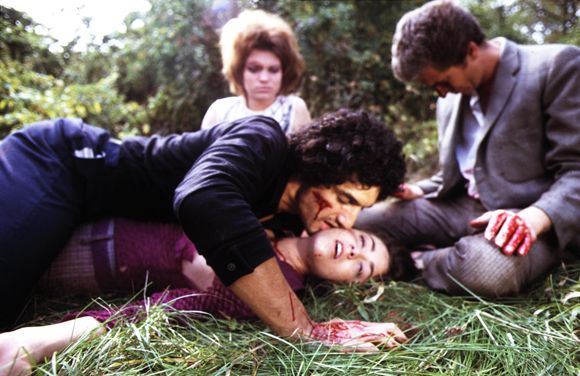
“To avoid fainting, keep repeating: It’s only a movie, only a movie, only a movie…” [2]. Two girls go to a concert and on the way try to buy some pot; they end up being kidnapped by a group of thugs. They take them into the woods and humiliate and rape these girls. They consequently end up murdering them and by happenstance end up going to their house, where the parents exact their revenge.
This is a violent, bloody, grim exploitation rape and revenge film that is either loved or hated. In a documentary for the film, director Wes Craven said that “it is a film that is completely uncompromising and is completely uncomfortable…that art is about things that exist, and those [bad] things exist” [3].
The film has been censored and banned in many countries, including the United States where theaters would cut portions of the film out [3]. Despite the controversy, it received some pretty good reviews. Roger Ebert gave it three and a half stars and called it a “bitter little sleeper of a movie that’s about four times as good as you’d expect” [4].
3. Thriller: A Cruel Picture AKA They Call Her One Eye (1973)
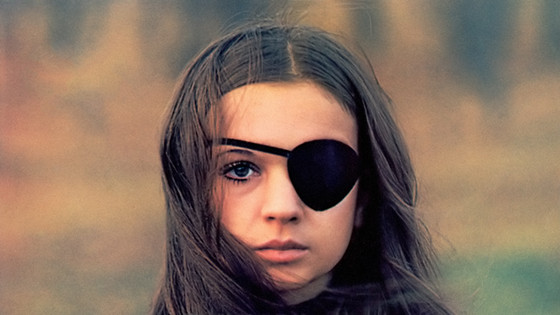
“First they took her speech…then her sight…When they were finished she used what was left of her for her own frightening kind of REVENGE!” [5]. A mute girl named Frigga (Christina Lindberg) is kidnapped, hooked onto heroin, and forced into prostitution. She has her eye gouged out when she won’t have sex with a client. Secretly she starts training in martial arts and the use of weapons, in order to seek revenge.
A Swedish film that was initially banned in its own country, it is considered part of the subgenre of a rape and revenge film [6]. It is also sexploitative because of the large amount of nudity that is involved. The main reason that it was banned was because of the intense eye-gouging scene, with a rumor that a real human eye had been used [6].
There is also a considerable amount of hardcore sex scenes that are included “that far transcends the violent nastiness of the original versions of I Spit on Your grave or The Last House on the Left by making it impossible to deny the directorial intent of making rape sexually titillating” [6].
There are really so many reasons why this is a cult film. It was banned and people want to see it. It also appeals to various subgenre fans; exploitation, sexploitation, rape and revenge, gore, and the Christina Lindberg fan group. Yes, she is very popular.
4. I Spit on Your Grave AKA Day of the Woman (1978)
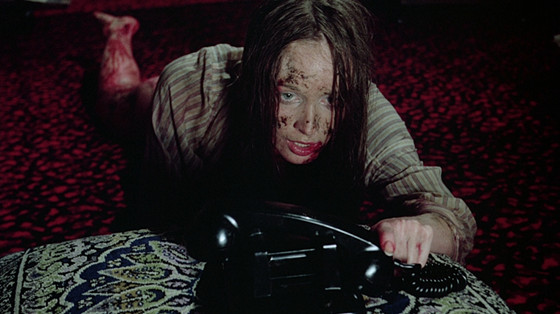
This has been one of the top banned movies in multiple countries and is very controversial, being hated by some and loved by others. Jennifer (Camille Keaton) is a New York City writer who goes to an upstate cabin to work on a novel. There she runs into four men, who rape her and destroy her novel. Over the next few days she recovers and takes vengeance upon her attackers.
That basic synopsis doesn’t make the film sound like it should be one of the most hated films in cinematic history. The issue is the rape scene or scenes, which last somewhere around thirty minutes of the film.
For some it may be extremely difficult to watch and for some they may actually get off on the scenes, which is part of the reason exploitation cinema existed in the first place. Roger Ebert’s review of the film found there to be “disturbing moral implications as the audience…seems to approve [of] the most horrific violence being visited on a woman’s body” [7].
The film is often viewed as being misogynistic towards women. The rape scenes are very intense; if you can get through that portion of the film then you may actually find this to be a feminist film.
The director wanted to make a “a film that was responding to his own personal outrage of the violence he encountered first-hand against women, and so he decided to make a film graphically portraying the horrors of such—with an ending that was feminist wish-fulfillment based on his own experience, as the heroine gets revenge on her attackers and makes them pay for their crimes.
Viewed in this context, its prolonged scenes of rape and assault are not depraved or ashamed; they are deliberately painful and horrifying to watch, as they should be” [8].
5. Cannibal Holocaust (1980)
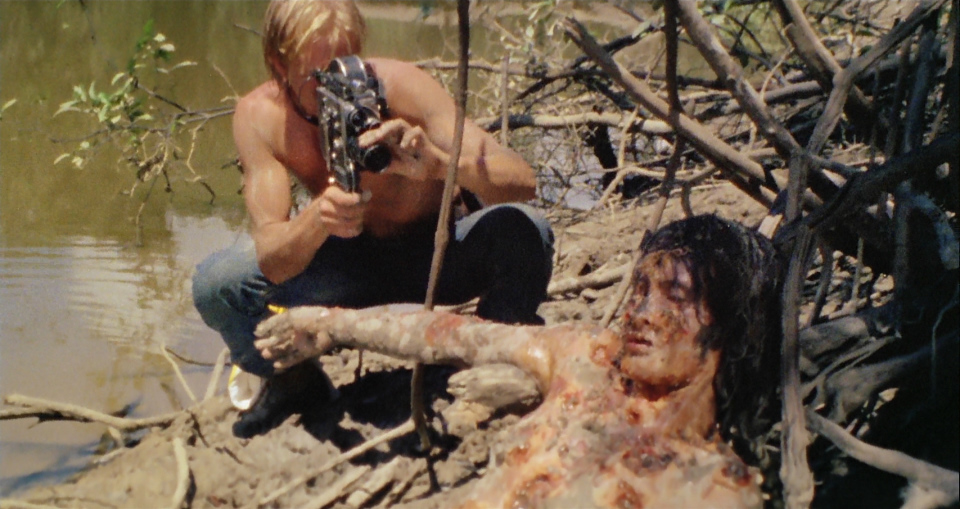
“Don’t turn away! Look at it! These are men, men like you!” [9]. This Italian motion picture directed by Ruggero Deodato is still one of the most controversial films of all time and ushered in the whole cannibal subgenre of exploitation, as well as the concept of found footage cinema that would be later popularized by the likes of The Blair Witch Project.
A professor goes into the Amazon jungle area referred to as Green Inferno in search of four missing documentary filmmakers, who where in search of two cannibal tribes. He recovers their camera footage and we witness what ultimately happened to them, and the terrible acts that they committed themselves.
It touches on some social commentary that asks questions about how much is staged while making a documentary, as well as the fact that modern society is sometimes no better than the cannibals that are portrayed on the camera.
There has been debate if there was ever any intention by the director to comment on social issues as opposed to simply making a shocking movie about cannibals. It is filmed rather well and has a beautiful score from Riz Ortolani, who also was the composer on Mondo Cane, Africa Addio, and almost 200 other pictures.
While there is gore, several rape scenes, full nudity, cannibalism, castration, and an infamous scene where a woman is scene hanging from a spike, the main controversy stems from the number of animals killed on screen. This includes a large turtle decapitated, a coati, a tarantula, a boa constrictor, a squirrel monkey, and a pig.
At first, Italian authorities believed that it was a real snuff film and arrested Deodato and confiscated all of the film materials. A court trial was held and several of the actors had to show up in order to prove that they were still very much alive and that it was on screen acting. It was initially banned in several countries and made the video nasties list in the United Kingdom.
There are various versions of the movie that have been released with different pieces of footage removed or added in, including an animal cruelty free version that eliminates the animal death scenes.
6. Anthropophagus (1980)
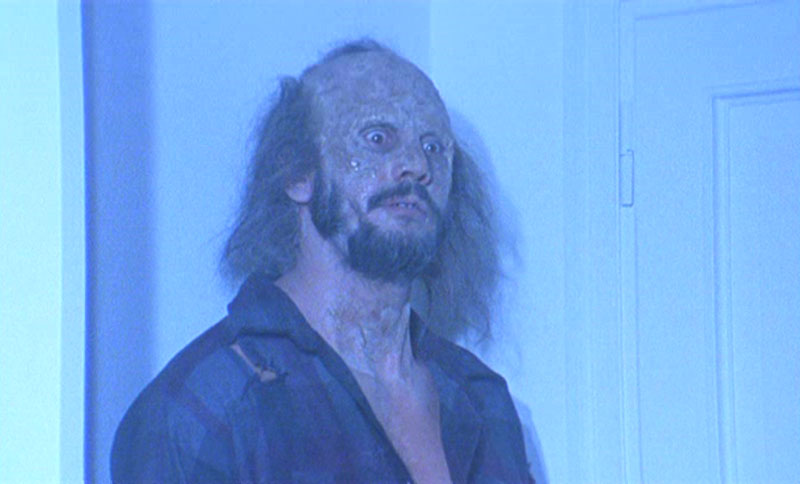
“It’s not fear that tears you apart…it’s him!” [10]. This is an Italian production directed by Joe D’Amato, who also made the disturbing films Beyond the Darkness and Cannibal Apocalypse. A group of vacationers end up on an uninhabited island where a crazed and deformed killer looks to slaughter them like he did to the rest of the town.
While some viewers may find this one rather tame compared to something else, it does have two rather gross sequences involving cannibalism that you will never forget. Despite being regarded as a very low budget Italian horror movie, it managed to get banned in the United Kingdom and put on the video nasty list. It is a cult favorite amongst many gore fans.
There were several follow-ups to this done by D’Amato, a pornographic film titled Porno Holocaust with essentially the same plot and a pseudo-sequel titled Absurd. German director Andreas Schnaas did a remake entitled Anthropophagous 2000 (1999).
7. Corpse Mania (1981)
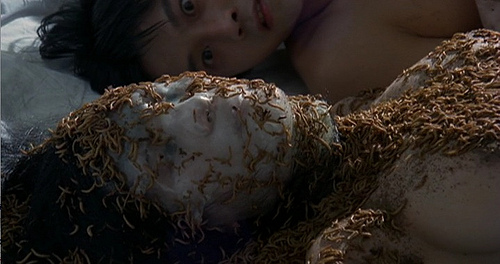
“When Life Ends, The Terror Begins” [11]. When you need a crazy horror film from Hong Kong, you know that you’re in good hands with the Shaw Brothers studio. They produced several totally whacked out ones and this one involves a necrophiliac serial killer that goes around killing prostitutes.
Defined as a Hong Kong giallo, it is rather atmospheric for its dark subject matter. There are several scenes of necrophilia, a dead woman covered head to toe in maggots, and multiple graphic and bloody death scenes.
8. Guinea Pig 2: Flowers of Flesh and Blood (1985)
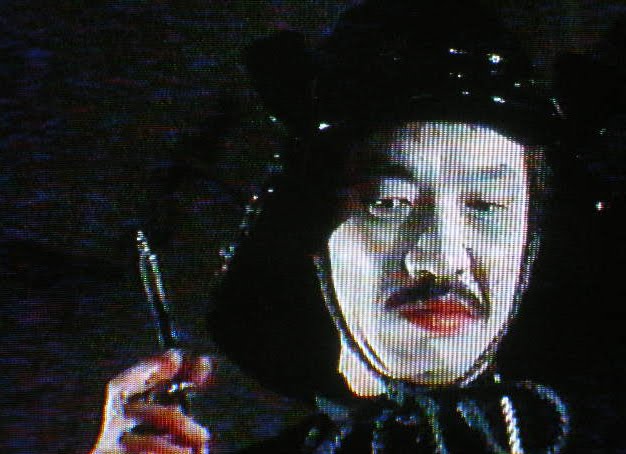
This is one in a series of seven Japanese horror films that were created during the 1980’s and 1990’s and feature a heavy amount of gore. This one involves a sociopath wearing a samurai helmet and white make up who kidnaps a girl and slowly dismembers her, so he can turn her into a flower of flesh and blood.
It has a little bit of everything that would be perfect for a date night; there is animal mutilation, loads of blood, extreme gore, graphic mutilation sequences, disembowelment, and a wonderfully gross eye ball scene.
This was another series in which the filmmaker Hideshi Hino had to prove that the first two films didn’t involve the actual murder of someone. A controversy involving a Japanese serial killer owning one of the tapes led to its discontinuation of production in Japan. It has most recently been released in a complete box set by Unearthed Films.